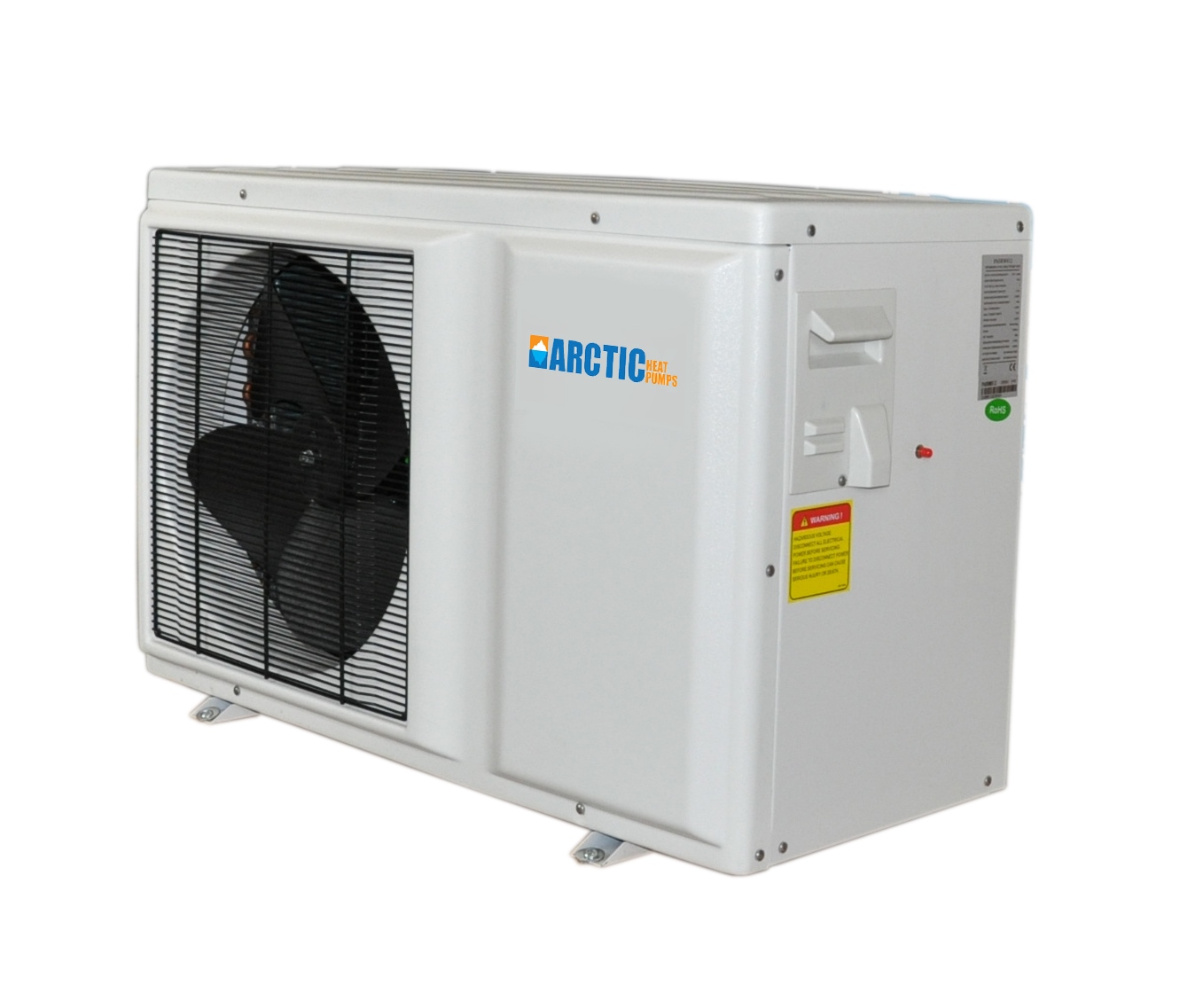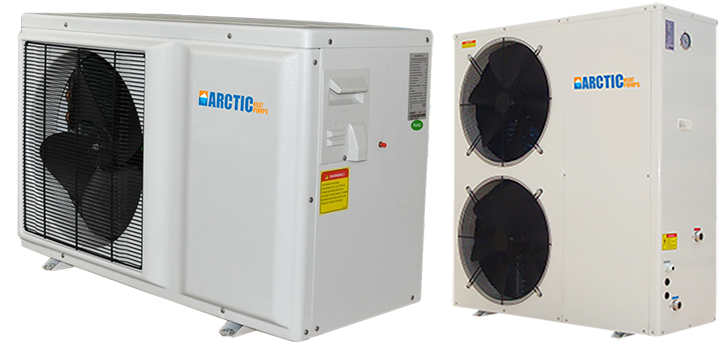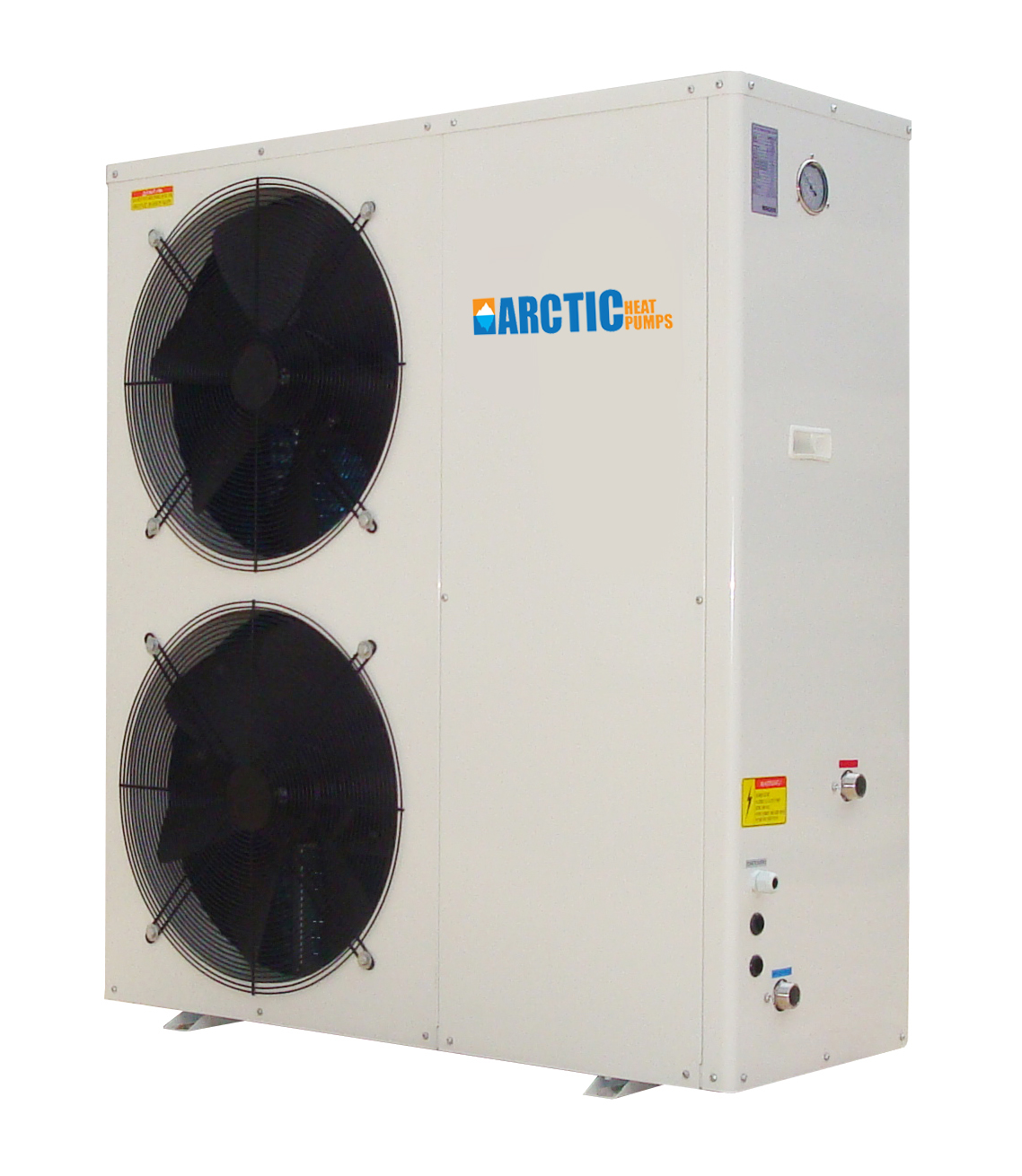Air source pumps cater as an alternative way to heat your house, and could be the perfect solution if you wish to produce your own heat and possibly save cash on your utility bills.

How an air source heat pump work?
An air source heat pump is generally installed outdoors at the back or side of a property. The pump requires electricity to operate, but it should employ less electrical energy than the heat it generates.
There’re 2 main kinds of air source heat pumps: air-to-water & air-to-heat. The air source heat pump functions a bit like a refrigerator in reverse. The unit consists of a compressor, a condenser and an evaporator. The air source heat pump absorb heat from the external air into a liquid at a low temperature, then the heat pump compressor increases the temperature of that heat. In the condenser, the hot fluid’s heat is shifted to your heating & hot-water circuits. So you can employ it to warm up your house.

The most noteworthy benefits of an air source heat pump are the following:
Eligible for Renewable Heat Incentive (RHI):
By generating your own heat via the RHI you could receive payments. This energy grant can save even more on your utility bills. Air-to-water heat pumps are entitled for the domestic RHI & the validity of the scheme has been extended until March 2020. The domestic Renewable Heat Incentive payments are calculated based on the present RHI tariffs, your heat pump’s SCOP, and your energy needs.

Low carbon footprint:
Air source heat pumps emit low carbon heating, as they employ exterior air to cool or heat your house. If you’re switching from an electricity or coal-based heating unit, you can drastically decrease your carbon emissions.
Can be employed for both heating & cooling purposes:
Air source heat pumps can be employed for both heating & cooling purposes. Relying upon the model, they can offer heating in the winter and cooling in the summer.
Moreover, air source pumps works very well with underfloor heating – so to get the most out of your system – you should consider installing underfloor heating.
Easy installation:
Installing an air source heat pump is easier compared to installing a ground source heat pump, as you don’t require to dig. An air source pump usually does not need any planning approvals, but it’s always recommended to check prior to get started.
Low maintenance:
Servicing & upkeep must be performed by a technician at least one time a year. There’re a few things you can do to make sure your heat pump is performing at its best – from checking system leaks, to cleaning filters, scrutinizing refrigerant levels, clearing dust and leaves, and so on. Remember, complex technical tasks must be performed by a certified installer.
No fuel storage required:
With air source heat pumps no fuel storage is required, because the fuel used is the outside air. Not depending on fuel, such as wood pellets or oil, also means you don’t have to pay extra fees for fuel deliveries.


- -25C heat pump
- air source heat pump
- chiller for pools
- Chillers for Swimming Pools
- cold weather heat pumps
- Heat Load Design
- Heat Load Design
- Heat Loss Design Services
- Heat Pump
- Heat Pump Cold Weather
- Heat Pump for Hot Water
- Heat Pumps
- heat pumps in Nova Scotia
- Hydronic Air Handler
- Inverter Heat Pump
- Inverter Heat Pump
- radiant floor cooling
- radiant floor Design
- radiant floor Design
- radiant floor Design
- Spa Heat Pump
- Swimming Pools